Providence, Rhode Island
History
Providence, the capital city of Rhode Island, was founded in 1636 by Roger Williams, a religious exile from the Massachusetts Bay Colony. He named the area in honor of "God's merciful Providence" which he believed was responsible for revealing such a haven for him and his followers to settle. The city is one of the oldest in the United States[1].
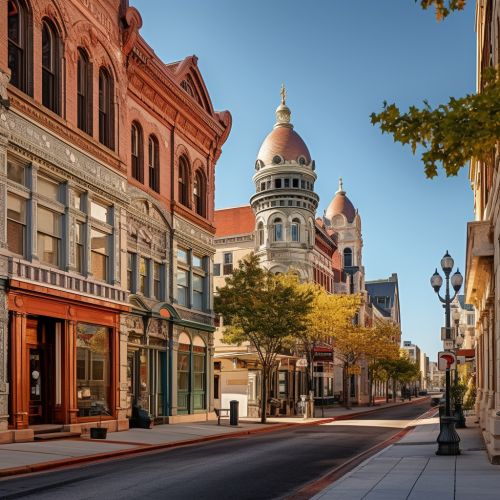
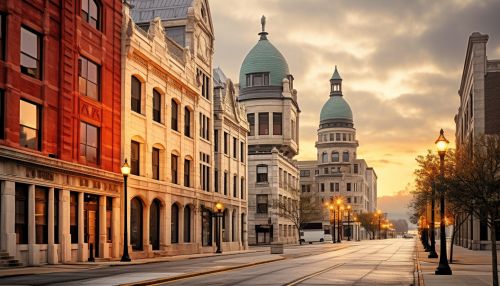
In the early 19th century, Providence became noted for its manufacturing, with industries in machinery, tools, silverware, jewelry, and textiles dominating the economy. The city was also the site of some of the country's earliest industrial innovations, such as the establishment of the first textile mill by Samuel Slater in nearby Pawtucket[2].
Geography
Providence is located at the head of Narragansett Bay, with the Providence River running into the bay through the center of the city. It is the third largest city in the New England region. Despite the city's size, it is very compact, with most of the city's attractions located within a short distance of each other.
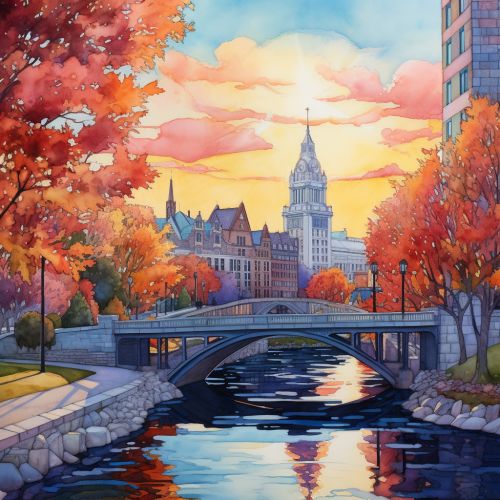
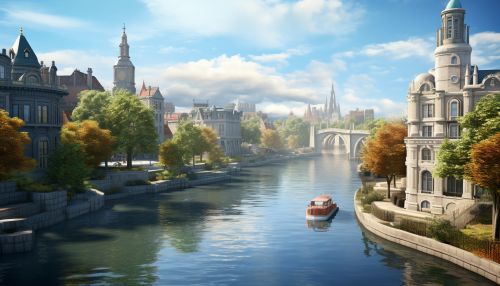
The city's geography is well-diversified and includes rolling hills, lowlands, and a saltwater bay. The highest point in the city, Neutaconkanut Hill, is a pristine natural area of forests and meadows.
Demographics
As of the 2020 census, the city's population was 190,934, making it the most populous city in Rhode Island and the 143rd-most populous city in the United States[3]. Providence has a diverse population with a significant presence of Whites, African Americans, Hispanics, and Asians. The city is known for its high student population, with several universities and colleges, including Brown University and Rhode Island School of Design, located within city limits.
Economy
Providence's economy is diverse with an emphasis on the service industry, particularly education, healthcare, and finance. Fortune 500 companies such as CVS Health are headquartered in the area. The city's economy also includes manufacturing, though to a lesser extent than in its industrial heyday.
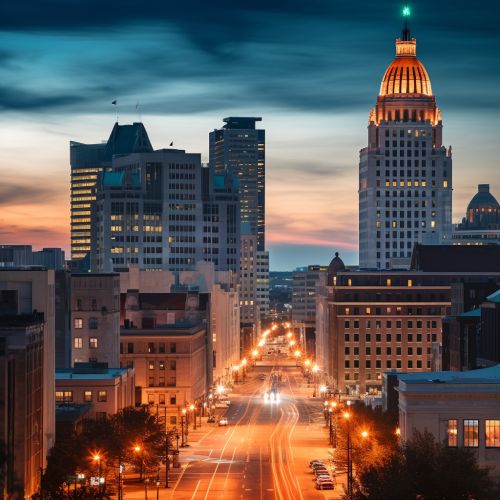
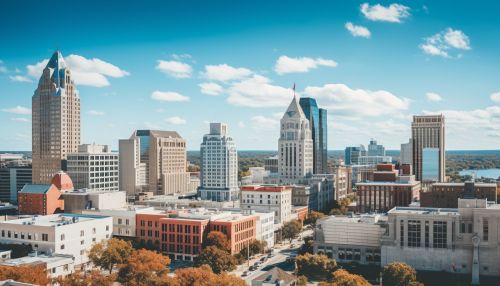
The city is known for its vibrant arts scene and is home to several performing arts organizations, including the Providence Performing Arts Center, the Trinity Repertory Company, and the Rhode Island Philharmonic Orchestra, which contribute to the local economy.
Education
Providence is home to eight institutions of higher learning, the most notable of which are Brown University and the Rhode Island School of Design (RISD). Other institutions include Providence College, Johnson & Wales University, and the University of Rhode Island's Feinstein Providence Campus.
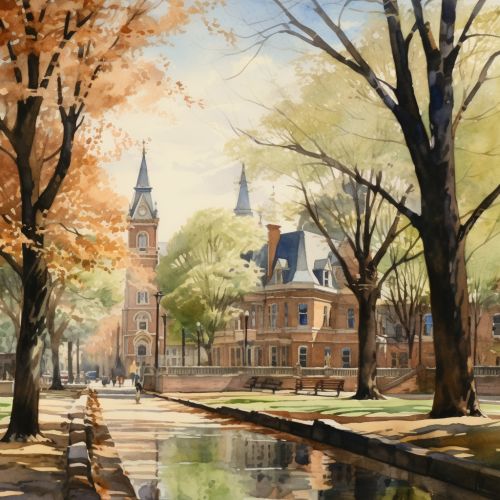
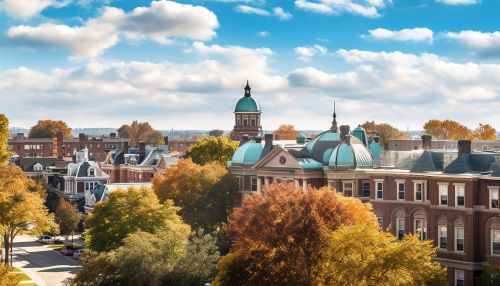
The city's public schools are managed by Providence Public School District, the largest in Rhode Island. The district serves about 24,000 students with a staff of 3,200[4].
Culture
Providence has a rich cultural heritage with a vibrant arts scene. The city is known for its historic architecture, with buildings dating from the 18th and 19th centuries in the College Hill and Benefit Street areas. The city is also home to the Rhode Island School of Design Museum, which houses an internationally renowned collection of fine and decorative art.
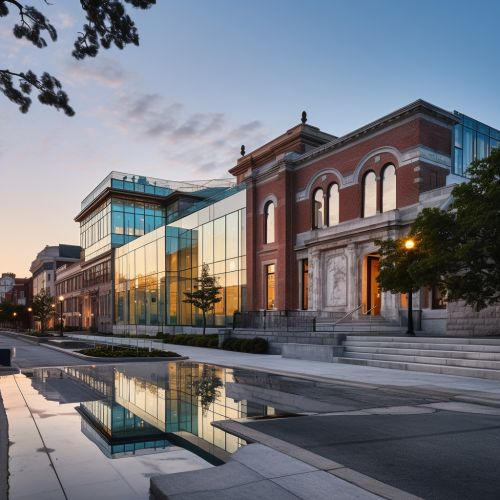
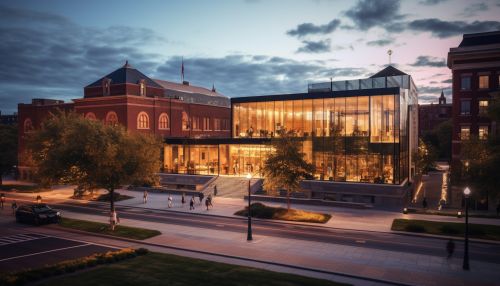
The city's culinary scene is noteworthy, with a strong emphasis on farm-to-table practices and sea-to-table traditions, given its coastal location. Providence has been named one of the top food cities in the U.S. by the likes of Travel + Leisure and Food & Wine magazines[5][6].
See Also
References
- ↑ https://www.britannica.com/place/Providence-Rhode-Island
- ↑ https://www.britannica.com/biography/Samuel-Slater
- ↑ https://www.census.gov/quickfacts/providencecityrhodeisland
- ↑ https://www.providenceschools.org/
- ↑ https://www.travelandleisure.com/food-drink/restaurants/best-food-cities-in-america
- ↑ https://www.foodandwine.com/travel/restaurants/best-food-cities-america
